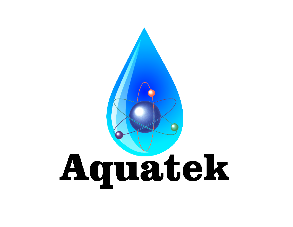Glossary of water terminology and definitions-g
Gallon
A
common unit of liquid volume; the US gallon has a volume of 231 cubic
inches or 3.78533 liters; the British (Imperial) gallon has a volume of
277.418 cubic inches or 4.54596 liters.
GAC
Granular Activated carbon.
Galvanic Action
A
form of corrosion which occurs when dissimilar metals in contact with
each other and with an electrolyte causes on e of the metals to dissolve
and go into solution. An example would be the result of connection
copper to steel without an insulating (plastic) coupling or union. The
anode metal with the higher electrode potential corrodes and the cathode
is protected.
Giardia Lamblia
A
common protozoan found in water and is derived from animal droppings.
It can cause contagious waterborne disease characterized by acute
diarrhea. It is resistant to disinfectants such as chlorine, iodine, or
ultraviolet light. Giardia can be removed by filters of four micron
rating.
Grain (gr)
A unit of weight equal to 1/7000th of a pound or 0.0648 gram.
Grains Per Gallon (GPG)
An
expression of concentration of material in solution. One grain per
gallon is equivalent to 17.1 parts per million. This is the common
reference for hardness of water.
Gravel Support Bed
A
layer or layers of graded gravel and course sand placed around and
above the underdrain metalwork of a water treatment system. It
facilitates even distribution and collection of both product water and
backwash flow.
Greensand
A
natural mineral, primarily composed of complex silicates, which possess
ion exchange properties. Greensand was the original material used in
domestic and commercial water softeners and is the base product in the
production of manganese greensand.
Groundwater
The term describing all subsurface water and the source of well water. It can be found in aquifers as deep as several miles.
Gypsum
A moderately insoluble calcium sulfate containing 20.9 percent water. It is often used to build soil structure and permeability.
